The previous LOTRW post compared innovation to a tractor pull; throughout history, each increment of innovation is made a bit more challenging by the growing accumulation of prior progress that must be accommodated and pulled along.
Fortunately, not all innovation is equal. Some innovations make future innovation easier across the board. These matter most; they lie primarily in the realm of IT and computing.
The LOTRW post noted that just as success at a tractor pull depends on driver skill as much as machinery, so innovation at its heart depends on people. To sustain innovation, nations and societies require a trained and able workforce: available, energized, and coming online in substantial numbers. That in turn requires an educational pipeline. Incubating and driving the flow in this particular pipeline – the supply of early career professionals pushing forward the boundaries of science and technology and harnessing the advances for societal benefit – should be at the top of America’s priorities.
Today, in this respect, there’s ample reason for both serious concern and hope.
Pipeline analogs are familiar across any national agenda and throughout history. One famous example? D-Day. At first light on June 6, 1944, German troops at Normandy awoke to this view of the English Channel:
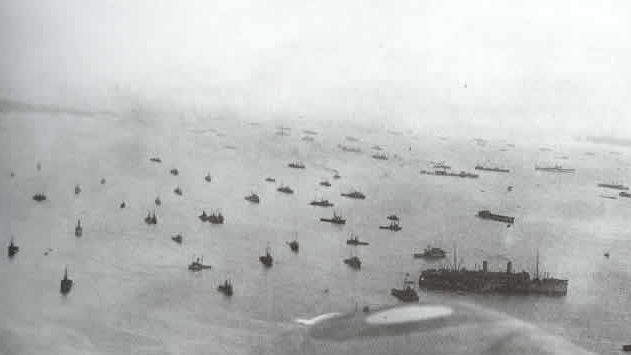
The sight had to be sobering. German troops knew that the 7000 ships and vessels they saw were merely the pipeline’s faucet. That armada didn’t represent the sum total of Allied power. Rather, it was the outlet end of a continuous flow of convoys plying the Atlantic, conveying thousands more Allied troops and their armament; men and women ferrying military aircraft across the Atlantic to England; an industrial base spanning the whole of America and the Allies that was churning out guns, tanks, ships, aircraft and other needed instruments of war. Casualties on D-Day itself might be uncertain, but the final outcome would never be in doubt, because that big, fat, full-to-bursting pipe.
Fast-forward to today, and the U.S. educational pipeline. In recent years it has been struggling to supply the STEM undergraduates and graduates needed to populate America’s innovation-oriented workforce. The shortage has been particularly acute in the much-needed and sought-after computer science and IT. Students have been finding themselves unable to enroll in the needed classes. The problem is pervasive, affecting the large state institutions, as well as elite small colleges. Qualified university faculty have been enticed by lucrative job offers from the big private-sector IT firms and their surrounding swarm of startups. Unfriendly trends over the past few years in the US reception for foreign-born students haven’t helped. The university business model had increasingly been built on attracting bright students from India, China and elsewhere around the world, who generally paid full-retail for their education; those students had begun to favor alternative education opportunities in Australia, Canada, Great Britain, and the rest of Europe.
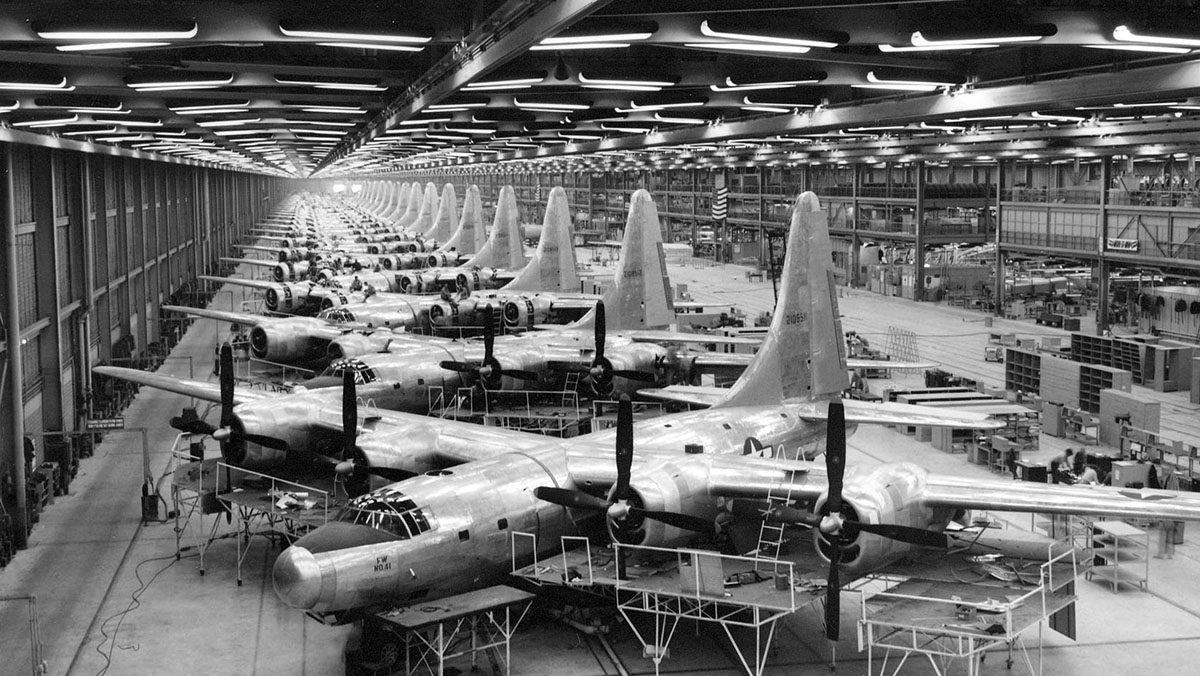
All this was before the pandemic. Covid-19 has hollowed out the U.S. educational pipeline, and STEM education in particular, at all levels. K-12 public-schools have been forced to essentially empty out their formerly crowded classrooms, in order to meet social-distancing requirements. This fall semester much education is being accomplished remotely. This move to virtual learning has aggravated preexisting educational inequities; the poorest school children lack access to the needed IT infrastructure and hardware; and have had inadequate prior opportunity to master such tools. Some children and school districts will bounce back quickly, but for others the damage may prove more enduring. Experts are already researching the consequences. They will be debating their findings for years to come.
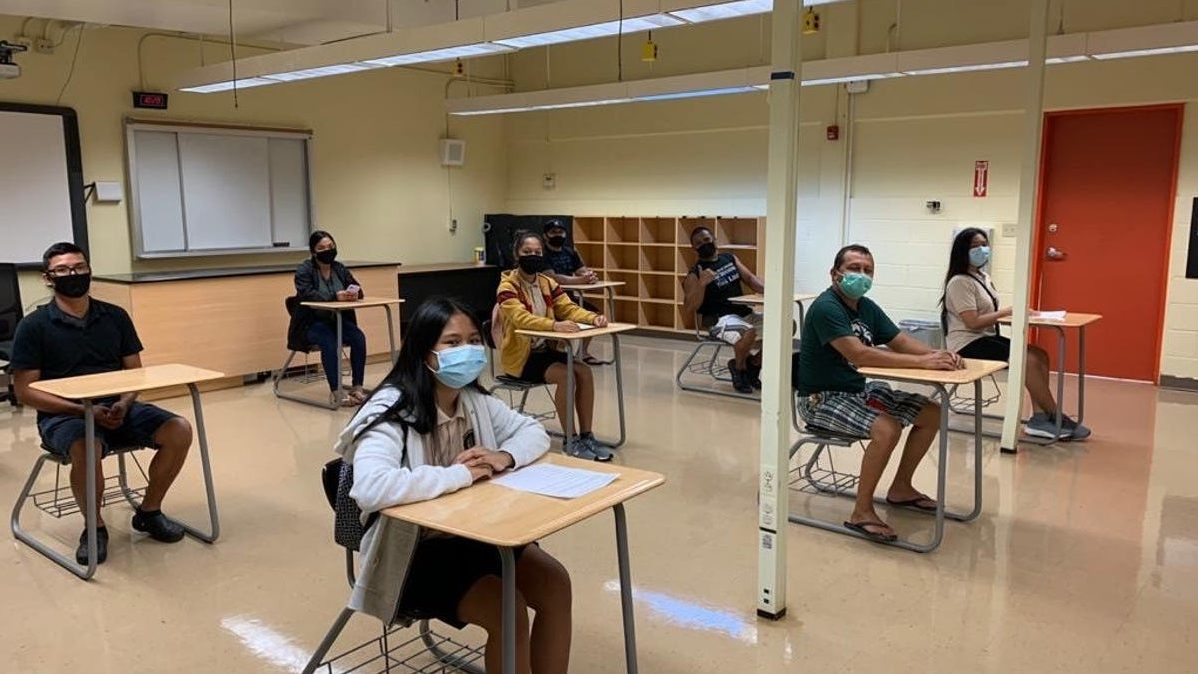
The picture for higher education is hardly better. Students are taking a large fraction of courses remotely. They and their parents are questioning the continuing high costs. The pandemic has increased existing barriers and created new ones to international student participation.
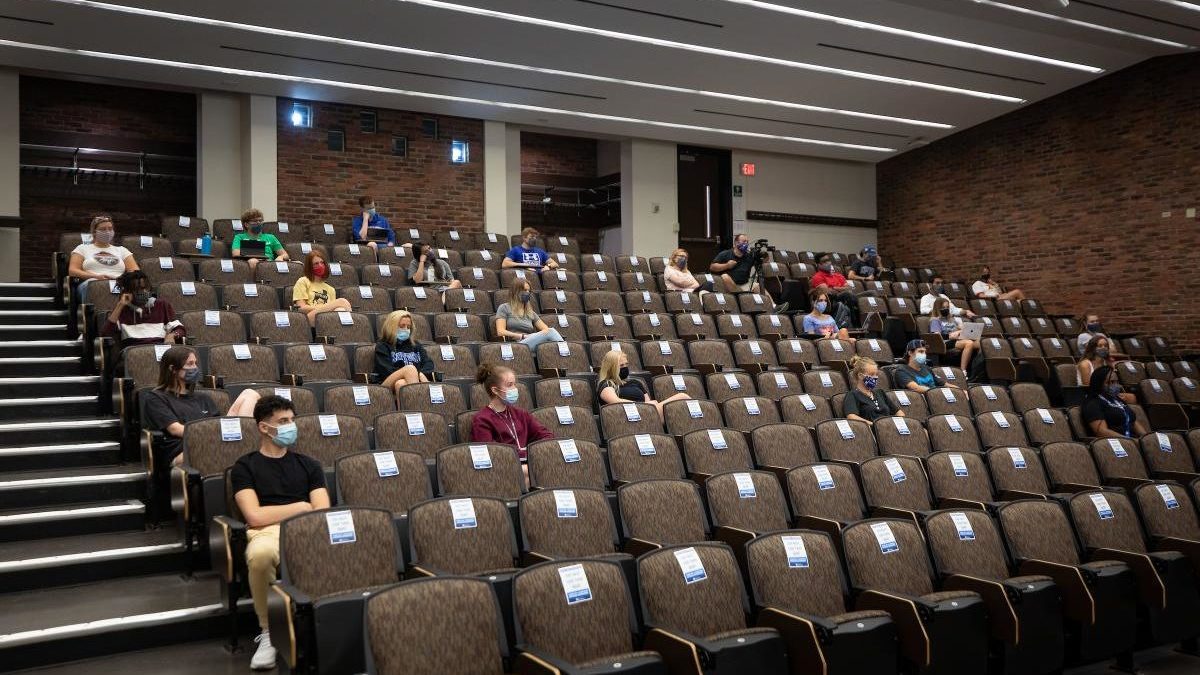
The pipeline is still in place, but the flow has been slowed.
It may well take a few years to reverse this reduction in supply of early-career IT professionals. This possible shortfall may well be the greatest impediment to US innovation over the next decade. The possible consequences start with reduced quality of life here at home. They extend to a decline in the United States’ standing in geopolitics and US ability to shape a more prosperous, peaceful, and sustainable world.
So, Bill, where’s the hope?
Perhaps it can stem from study of this image:
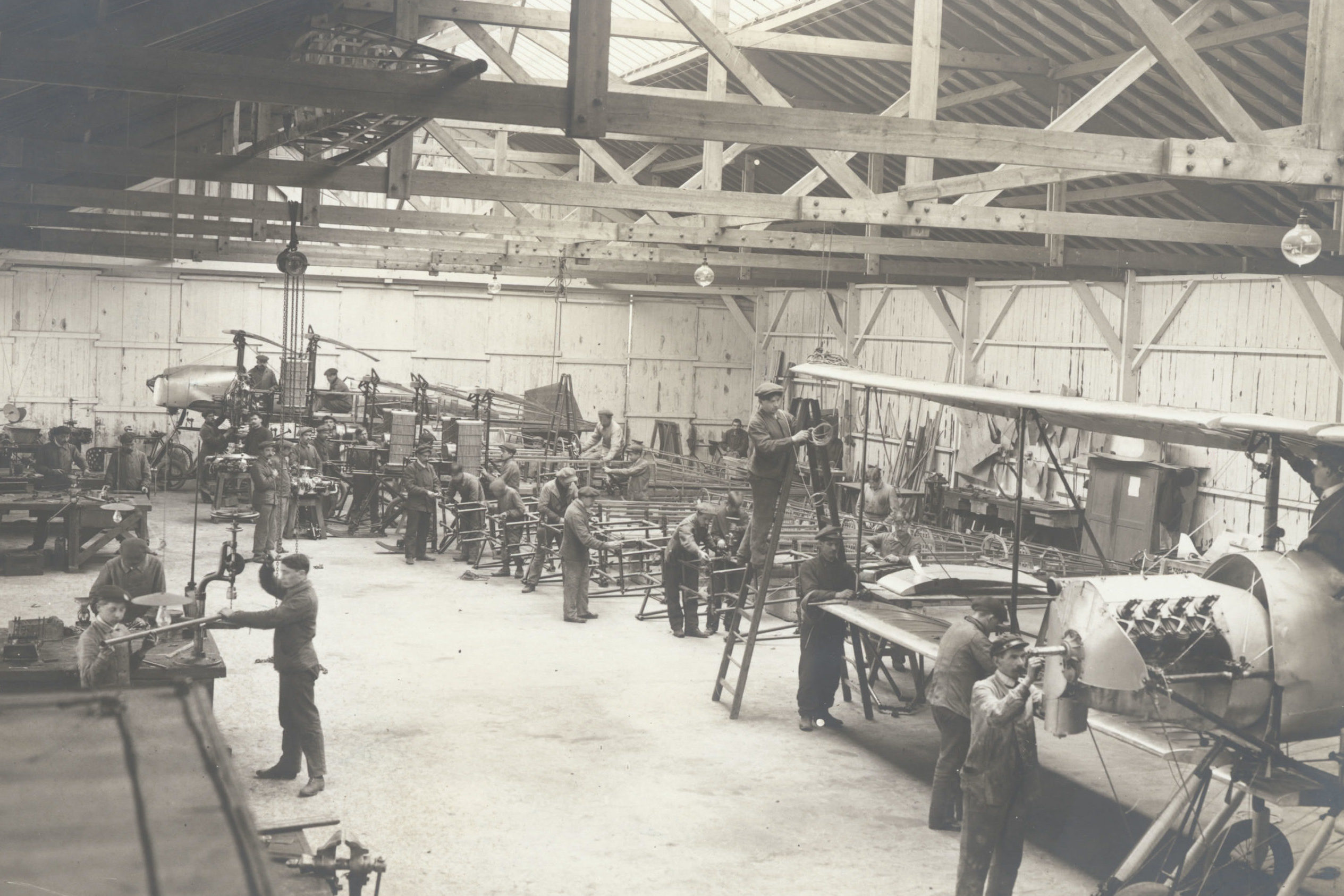
It depicts US aviation manufacture on the eve of US entry into the second world war. The contrast between that and the corresponding scene above is substantial. And yet only a few years separate the two. Americans, when unified and motivated, can accomplish great things. (More in the next post.)
A closing note: the previous post triggered an e-mail response from Lawrence Buja. Lawrence is currently director of strategic initiatives at the University of Nevada, Reno. His cv includes several other similar roles, including some time at NCAR. A bright guy, who combines vision and integrity and great interpersonal skills.
Lawrence had this to say:
I was researching science innovation over coffee this morning and came across your tractor-pull blog…
…Two things came to my mind as I read your article:
1. As you drew the reader’s focus onto the driver at the end, I was expecting you to wrap up with a vision for producing great drivers faster in the science domain. Something like: Learning to drive a competition vehicle is an ad-hoc process. However, the US’s leadership and investments in R&D innovation allows us to be more strategic and intentionally intertwine cutting-edge research with education to grow our next generation of drivers (i.e. scientists) ready to to be highly competitive right out of the gate. This means integrating students and post-docs directly into the proposal generation process, building partnerships with industry and national-labs that address both real-world research challenges and the research talent pipeline problem faced by the partners, and [some 3rd great example I can’t generate this early in the morning]. Constantly striving to give our newest researchers the tools to become great faster is one of the important elements of sustaining innovation in this country. Or something like that.
2. One of the things I loved doing at NCAR was thinking sideways to discover and apply proven processes from nonscience domains to advance our science. This included creating business gantt charts to organize and plan our complex climate simulation campaigns, using an U.S. Army After Action Review to the launch of the next IPCC modeling cycle a year early, applying the Toyota Production System and Just In Time zero inventory principles to CMIP simulations that were getting crushed under a tsunami of data. Currently I’m reading the new, 2017, edition of “What the CEO wants you to know” by Ram Charan. One of the topics he discusses is increasing profits by increasing the Velocity of Business. If you translate “profit” to “science discovery” and leave “investment” alone, you have the making of a great LOTRW topic on Increasing the Velocity of Science|Discovery|Innovation. How do you get faster return for the nation’s science investment without sacrificing quality by using technology and streamlined processes to
- get grants to researchers faster so they can start research now rather than in 6 months.
- enabling researchers to discover faster
- enable researchers to publish faster and wider
- etc…
Thanks so much, Lawrence! So well said, and a great note on which to end.


Dr. Buja’s comments are focused on the delivery end of the pipeline – getting innovations out faster. You [rightly] were more focused on the entire pipeline, esp. the inlet end. The key question is – how do we get more people into the inlet? A few things…
• Pound home that STEM makes a difference in everyday lives.
• Celebrate real examples of every ethnic group making a difference.
• Celebrate excellence – we do it for athletics, why not do it [more effectively than we are] for STEM? Competitions are one way to do it – we used to have College Bowls, and HS math competitions. Let’s bring those back [and BTW, they could help pull communities together]!
I’m sure you’re going to give us better ideas; I’m just priming the pump.
🙂 Great comments/insights, John. Thanks and continuing best wishes.